By Al Hemingway
Twenty miles outside Washington, D.C., at Quantico, Virginia, motorists traveling on Interstate 95 will come upon an unusual building that is clearly visible, day or night. The 210-foot-high structure is the home of the National Museum of the Marine Corps and Heritage Center. The museum opened its doors on November 10, 2006, to coincide with the 231st birthday of the Marine Corps. The 120,000-square-foot building sits on 135 acres and was designed to resemble the awe-inspiring image of the second flag raising atop Mount Suribachi on February 23, 1945, during the Battle of Iwo Jima.
A public-private partnership was formed between the Marine Corps and the Marine Corps Heritage Foundation. The Foundation raised $60 million to construct the building, and the Marine Corps donated another $30 million for its design, displays, and supervision of the museum’s day-to-day operations. “We attract more than 500,000 visitors a year,” Museum Director Lee Enzell said recently. “It has exceeded our expectations.”
It’s no wonder. With more than 1,000 artifacts currently on display and another 1,800 photographs, letters, and documents all telling the story of the Marine Corps’ celebrated history, the museum is a treasure chest for history lovers. The realistic exhibits, many of which feature life-size figures cast from human models, fascinate visitors.
“Making Marines”
Upon entering the front door, visitors first encounter the Leatherneck Gallery, where exhibits such as the Marine landing on Tarawa, a helicopter used during the Korean War, and an aircraft suspended overhead showcase the Marines’ longstanding mission to fight on land, sea, and air.
From there, it’s on to the “Making Marines” section, where people can experience vicariously what recruits face when first arriving at basic training or boot camp to begin their arduous journey to becoming Marines. At each of the Corps’ training centers—Parris Island, South Carolina, and San Diego, California (officer candidates undergo training at Quantico, Virginia)—enlisted recruits step off a bus onto a set of yellow footprints, painted on the ground at a 45-degree angle so that they can immediately learn the proper way to stand at attention. The persuasive voices of their drill instructors, or DIs, will become quite familiar to each individual for the next 12 weeks until graduation day. It is only then that they can proudly wear the eagle, globe, and anchor for the first time. “We have no idea where the yellow footprints started,” says Major Wally Jabs, USMC (Ret.), a docent at the museum. “The best guess is sometime during the mid-1950s.”
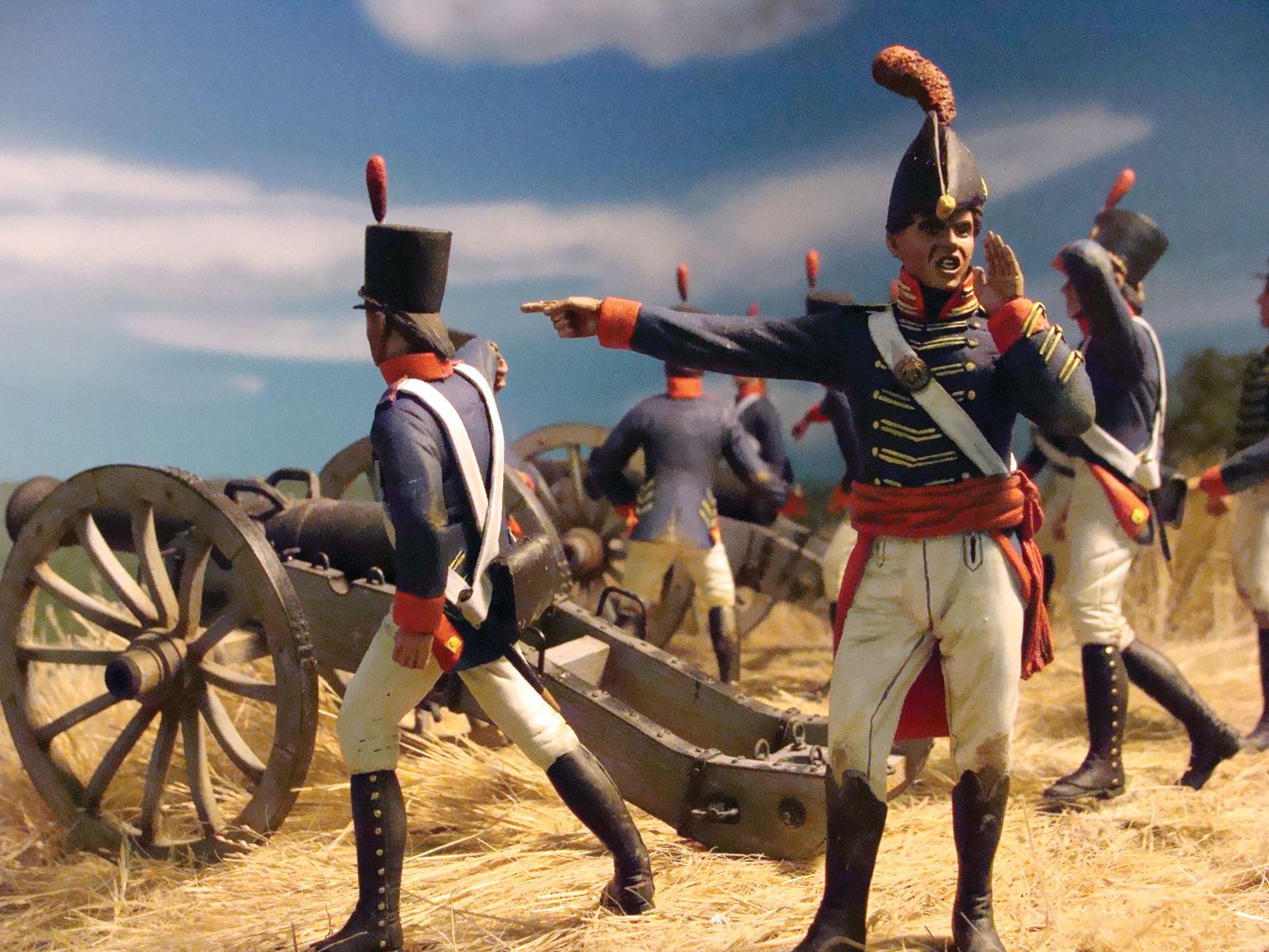
From Tripoli to the Civil War
After following a young man’s (or woman’s) transition from civilian to Marine, visitors can also trace Marine Corps history chronologically. It all began on November 10, 1775, when the first recruitment drive was conducted at Tun Tavern in Philadelphia to create two battalions of Continental Marines under the leadership of Lt. Col. Samuel Nicholas, the first Marine commandant. In March 1776, Nicholas led a group of 250 sailors and Marines ashore at Nassau in the Bahamas and successfully captured a British supply depot on the island. It was the first amphibious assault by Marines, something that would become their trademark over the years.
In the period between the Revolutionary War and the Civil War, Marines served aboard ships and took part in amphibious landings around the world. One particularly memorable landing took place at Tripoli, Libya, in 1805, when Lieutenant Presley O’Bannon led a small detachment of Marines and sailors against the Barbary Pirates. He was later presented a sword by Prince Hamet for his heroism at the Battle of Derne. That saber, currently on display at the museum, later became the model for the Mameluke sword that Marine officers wear to this day.
Colonel Archibald Henderson was the longest serving Marine commandant, a position he held for 38 years. A hard-charging and charismatic individual, Henderson led the Marines to Florida to participate in the punitive expedition against the Seminoles in 1836. Upon leaving home, he pinned a note to his door that read: “Gone to fight the Indians. Will be back when the war is over.”
The leathernecks gained more fame during the Mexican War. At the Battle of Chapultepec in 1847, most of the Marine officers and non-commissioned officers were killed or wounded trying to seize the castle. From this incident and the Tripoli action come the opening lyrics to the Marine Hymn: “From the Halls of Montezuma to the shores of Tripoli.” To remember those who fell during the fighting, Marine NCOs and officers wear a red stripe, called a “blood stripe,” along the trousers of their dress blues.
When the United States plunged into the Civil War, many Marine officers, like their Army counterparts, resigned their commissions to enter the Confederate Marine Corps. Headed by Colonel-Commandant Lloyd J. Beall, the CMC was closely modeled after the USMC. Numbers varied from 600 to 1,200 officers and enlisted men. It was also during the Civil War that the Marine Corps acquired its first Medal of Honor recipient. While serving aboard the ironclad steamer USS Galena during the fight for Fort Darling atop Drewry’s Bluff on the James River in 1862, Corporal John F. Mackie kept a constant fire directed at the rifle pits along the shore. When many of the naval gunners were killed and wounded by the Confederate shore batteries, the New York native manned one of the cannons and continued to fire at the fort’s defenses.
The Marine Corps as a Global Fighting Force
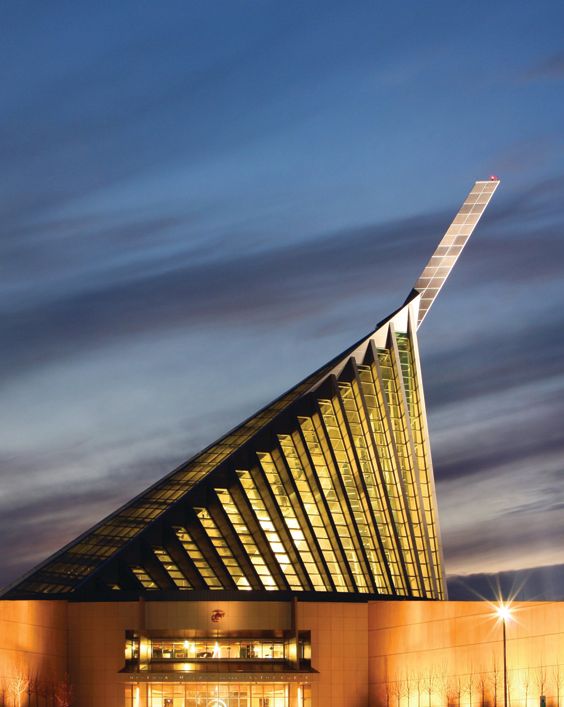
As visitors continue their tour, they will learn of the Marine Corps’ specialized role as part of the nation’s global expeditionary force. Leathernecks have traveled the world to protect American interests. They have served in Japan, Korea, the Spanish-American War, the Boxer Rebellion, the Philippine Insurrection (the museum has an amazing depiction of life in camp), Haiti, Santo Domingo, and Nicaragua, where the concept of close-air support was first introduced in the 1920s.
In this area an extraordinary statute of Private Dan Daly holds position against the Chinese Boxers at the U.S. Legation in Peking in 1900 during the famous 55-day siege. It was there that Daly received his first Medal of Honor. His second was earned in Haiti in 1915 fighting against Cacos, or Haitian insurgents.
When 1st Lt. Alfred Cunningham reported for flight school on May 22, 1912, at Annapolis, Maryland, it marked the birthday of Marine Corps aviation. To commemorate the 100th birthday of that event, the museum showcases some of the individuals and aircraft that have played a prominent role in its development. Most of the early flights were performed in Curtiss airplanes at 60 miles per hour and at an altitude of 500 to 1,000 feet.
The second Marine aviator was 1st Lt. Bernard Smith, whose early contributions to furthering Marine aviation came when he flew numerous scouting and reconnaissance missions during a combined landing force/fleet exercise in January and February 1914 in Puerto Rico. Smith and his fellow pilots flew high-level brigade officers all over the island to show the ease and speed of aerial reconnaissance and range of vision open to the aerial scout. “Smith did more for Marine aviation than anyone gives him credit for,” notes retired Marine Major Jack Elliott, another guide at the museum.
The World Wars
Upon entering the World War I area, visitors can watch a short documentary depicting the Marine charge across an exposed area at Belleau Wood to capture a German machine-gun nest. The movie is so realistic that people can smell the cordite and hear the rounds whizzing through the leaves hanging overhead. Another exhibit shows intrepid Chicago Tribune correspondent Floyd Gibbons typing his reports from the front.
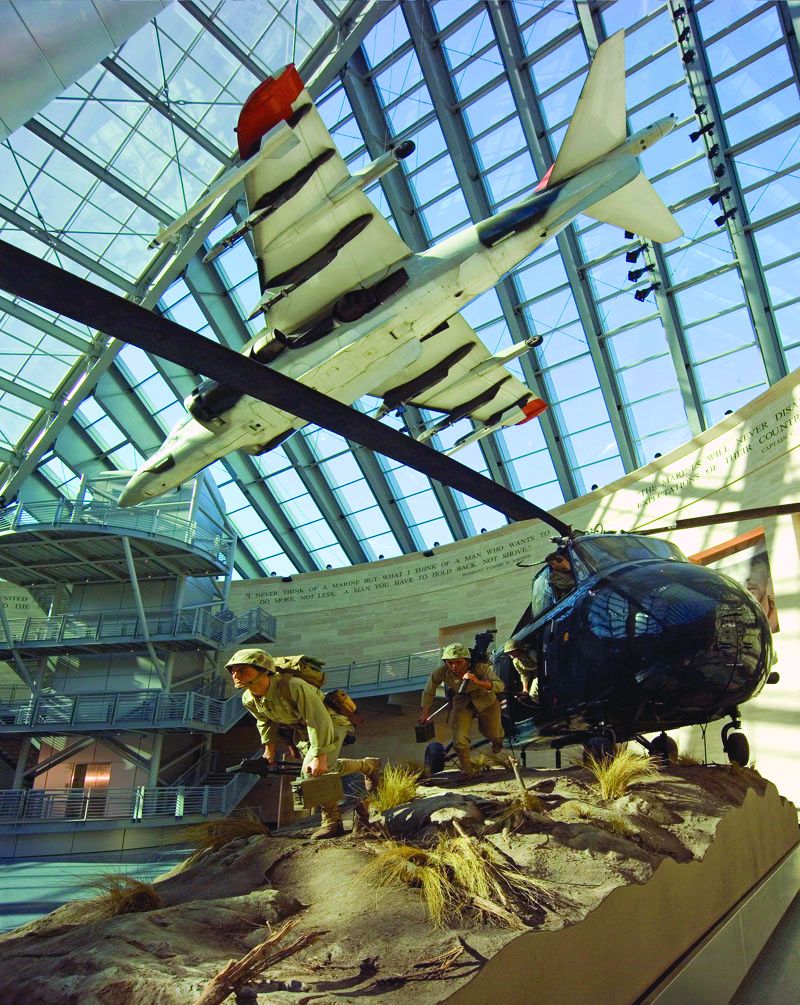
The Marine Corps came into its own at the end of World War I primarily because of Gibbons’ stories, much to the ire of Amerocan Expeditionary Force (AEF) commander General John “Black Jack” Pershing and the U.S. Army. Americans became enthralled with the “soldiers of the sea,” and the Marines’ mystique grew. It could not have come at a more opportune time. In addition to fighting America’s enemies abroad, the Marines had also been battling at home. Many within the Army had wanted to see the Marine Corps abolished and its members absorbed into the other branches of the service. However, with the advent of World War II, that idea was put on the back burner, and once again the Marines proved their importance to the defense of the nation.
World War II saw the Marine Corps grow from 66,000 in November 1941 to almost 500,000 by war’s end in 1945. From Pearl Harbor until the end of hostilities in August 1945, the leathernecks fought in the Pacific in some of the bloodiest battles of the war—Wake Island, Guadalcanal, Tarawa, the Marshall Islands, Peleliu, Iwo Jima, and Okinawa, to name a few.
Upon entering a small theater at the museum, visitors can listen to a recorded briefing by a platoon commander prior to the landing on Iwo Jima on February 19, 1945. Upon its completion, they can board part of an actual landing craft and walk onto the “beach” just as the 4th and 5th Marine Divisions did nearly seven decades ago. Strolling through the Iwo Jima display, individuals can examine artifacts used during the battle, including the second flag raised on Mount Suribachi. When the battle was over 36 days later, 6,821 Marines had given their lives to seize the island so that Army Air Corps B-29 bombers had a safe haven to land after bombing Japan.
The Cold War Conflicts
In the museum’s Korean War display, guests go into a room where a wall of ice, constructed from poured resin, enables them to more fully understand the plight of the Marines at the “Frozen Chosin” Reservoir in 1950. Highlighted in the display is the heroic stand of Fox Company, 2nd Battalion, 7th Marines, led by Captain William E. Barber, which, although surrounded by thousands of Chinese troops, tenaciously held its position at the TokTong Pass to protect vital supply lines. Inside the display, visitors feel the cold temperatures as infantrymen manning their positions wait for an impending night attack. Prerecorded voices and illuminating effects give an almost visceral feeling of realism to the exhibit.
Another museum exhibit illustrates the pain and suffering that American prisoners of war had to endure while in captivity. A 2-by-3-by-4-foot “containment box,” constructed based on the memories of a former Korean War POW, reveals how inhumanely the prisoners were treated by their North Korean captors. Once inside the small confinement area, a prisoner could not stand, sit, or move. It was war on the smallest, most personal scale.
From the Korean War era, visitors enter the Vietnam War display area. Objects from the fighting in the Southern and Northern I Corps regions of South Vietnam are shown, including a Viet Cong pungi stake pit, a Marine peering into a spider hole in a Vietnamese village, and other items captured during combat operations in Quang Nam Province. The 30-day struggle to liberate Hue City is showcased as well, along with a fascinating model of the airstrip at Chu Lai that was constructed in less than 30 days to enable American aircraft to supply valuable support to the muddy Marines in the field.
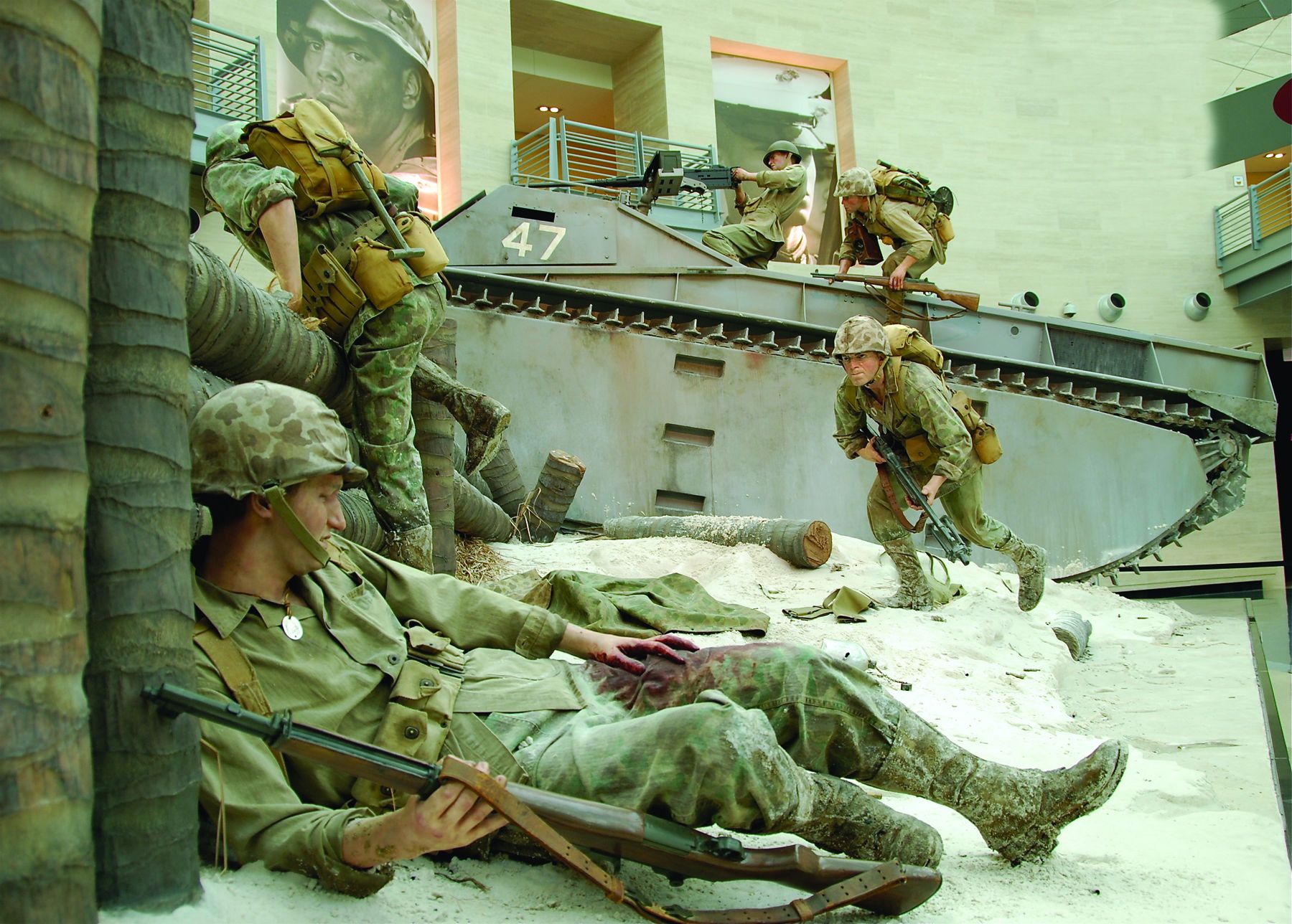
Perhaps the most amazing exhibit in the Vietnam War section is the authentic recreation of the defense of Hill 881 South during the siege of Khe Sanh in 1968. Complete with the ever-present red clay indigenous to that part of the country, visitors enter the exhibit from the back of a CH-46 Sea Knight helicopter, just as Marines did during the war. Many will also notice the warmer and more humid air, recreating the tropical conditions that American troops had to endure at that time. Complete with sandbags, sounds of incoming mortars, and the other audio-visual effects, a visitor can feel what it was like to have been atop the hill during the battle.
An Expanding Museum Experience
Beginning in mid-2015, the museum proceeded with another massive undertaking, adding 87,000 square feet that will include a giant theater, new mechanical room, classrooms, education art gallery, and exhibits that honor those Marines who served from the Cold War to Beirut to the present-day wars in Iraq and Afghanistan. The project will be done in phases and is scheduled to be completed by 2019.
For visitors, especially Marine veterans who want an area to sit and reflect on their own time in the service, meticulously manicured Semper Fidelis Memorial Park, adjacent to the museum, is just the place. Situated on 22 acres, the park has wooded pathways that intersect and link at significant rally points. There, visitors can relax and view the plaques and monuments dedicated to various groups and memorable periods of Marine Corps history.
Also located on park grounds is the Semper Fidelis Memorial Chapel, called the “transparent chapel in the woods” because of its glass walls. The structure has a pointed slate roof that symbolizes hope and strength. Inside, situated behind the altar, is a glass plate depicting a Marine kneeling and praying. Beneath him is a verse from the hymn Eternal Father, Strong to Save. At the rear of the altar is a cascading waterfall that flows into a reflecting pool, signifying the Marine Corps’ naval role. Dedicated in 2009 at a cost of $5 million, the chapel seats 140 and is open from 9 am to 5 pm daily. It is available for weddings, funerals, and other military ceremonies.
“We Try to Make a Visit Here as Realistic as Possible”
Since it opened its doors, the museum has been honored by numerous organizations for its distinctive style, lighting, and architectural design, including the 2009 Award of Merit for Group Achievement presented by the Secretary of the Navy. Christopher Chadbourne & Associates was responsible for the museum’s story-based experiential exhibits. Media designers Batwin & Robin Productions worked alongside the museum staff to recreate the point of view of the individual Marine. The themed environments were created by Themeworks, Inc., which manufactured the scenery, props, interactive exhibits, and sculptures throughout the building. Virginia-based Explus, Inc., was the general contractor for the project, and Taylor Studios, Inc., assisted with display designs and fabrication.
“We try to make a visit here as realistic as possible,” says museum director Enzell. “Each Marine has had different experiences. We want people to walk in the boot prints of these Marines and learn about their history and that of the Marine Corps. It is the most important thing we can do.”
The museum is open daily from 9 am to 5 pm, except Christmas Day. For more information call (877) 653-1775 or visit www.usmcmuseum.org. To learn more about fundraising efforts, go to www.marineheritage.org.
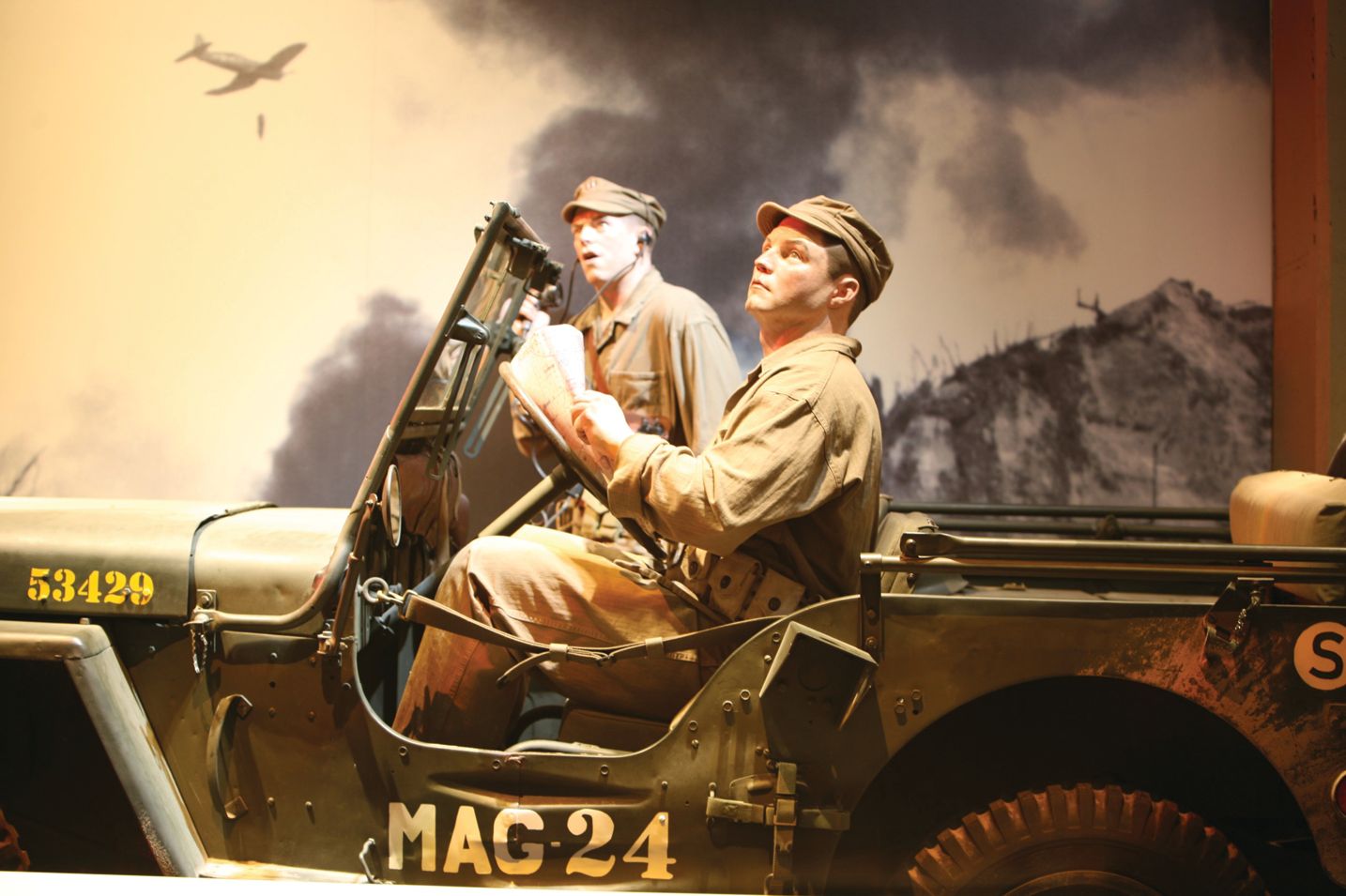
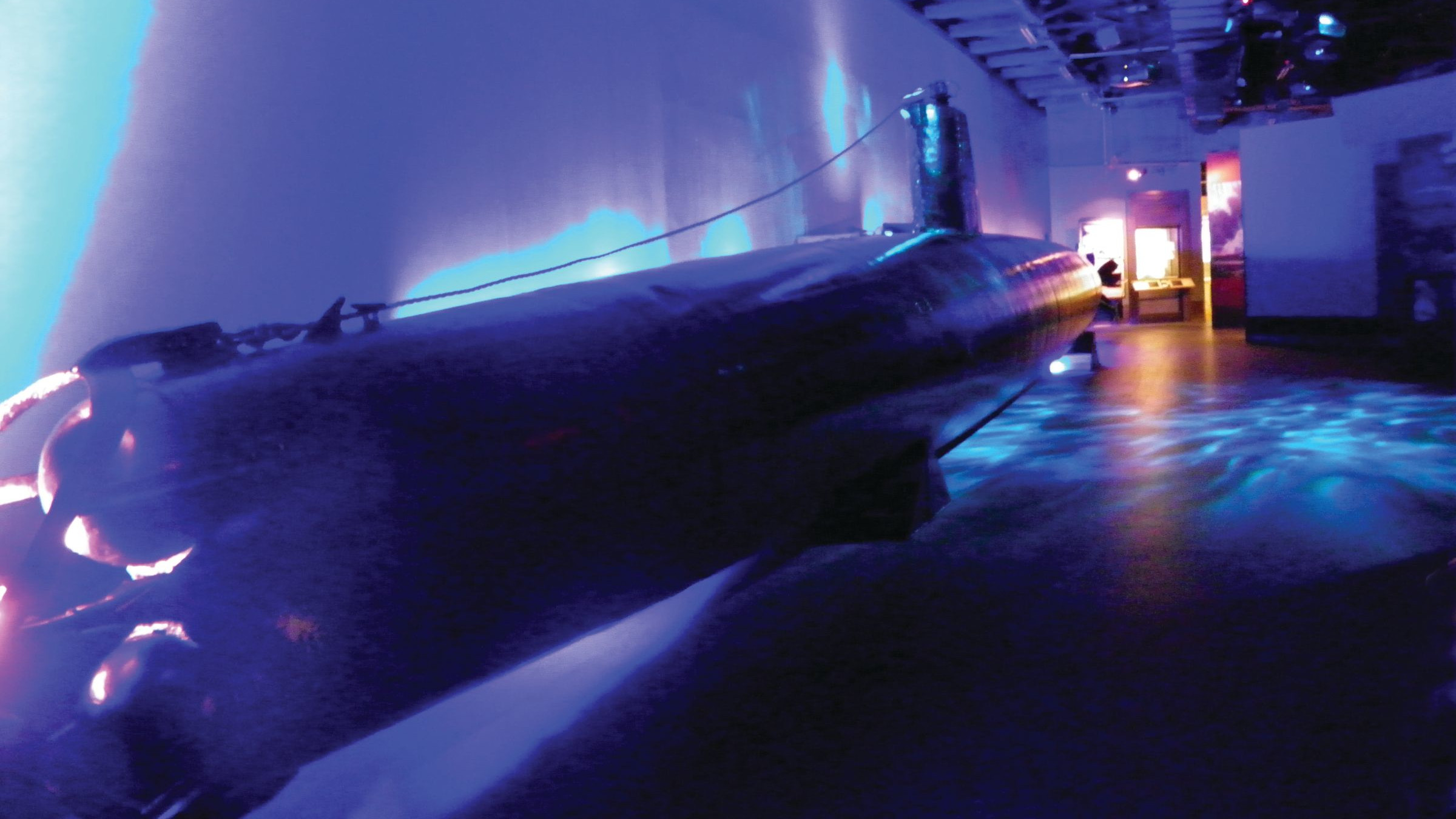
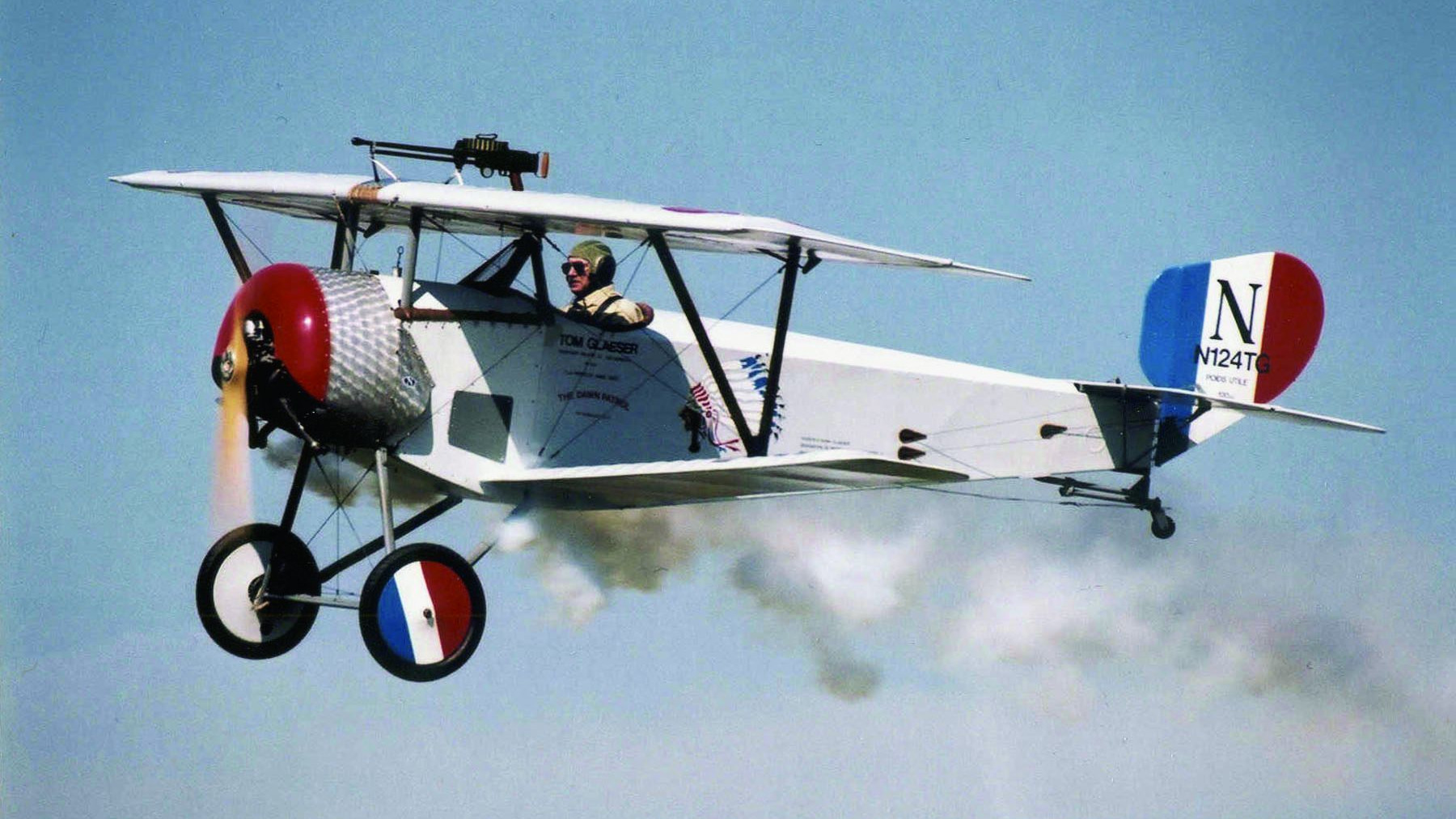
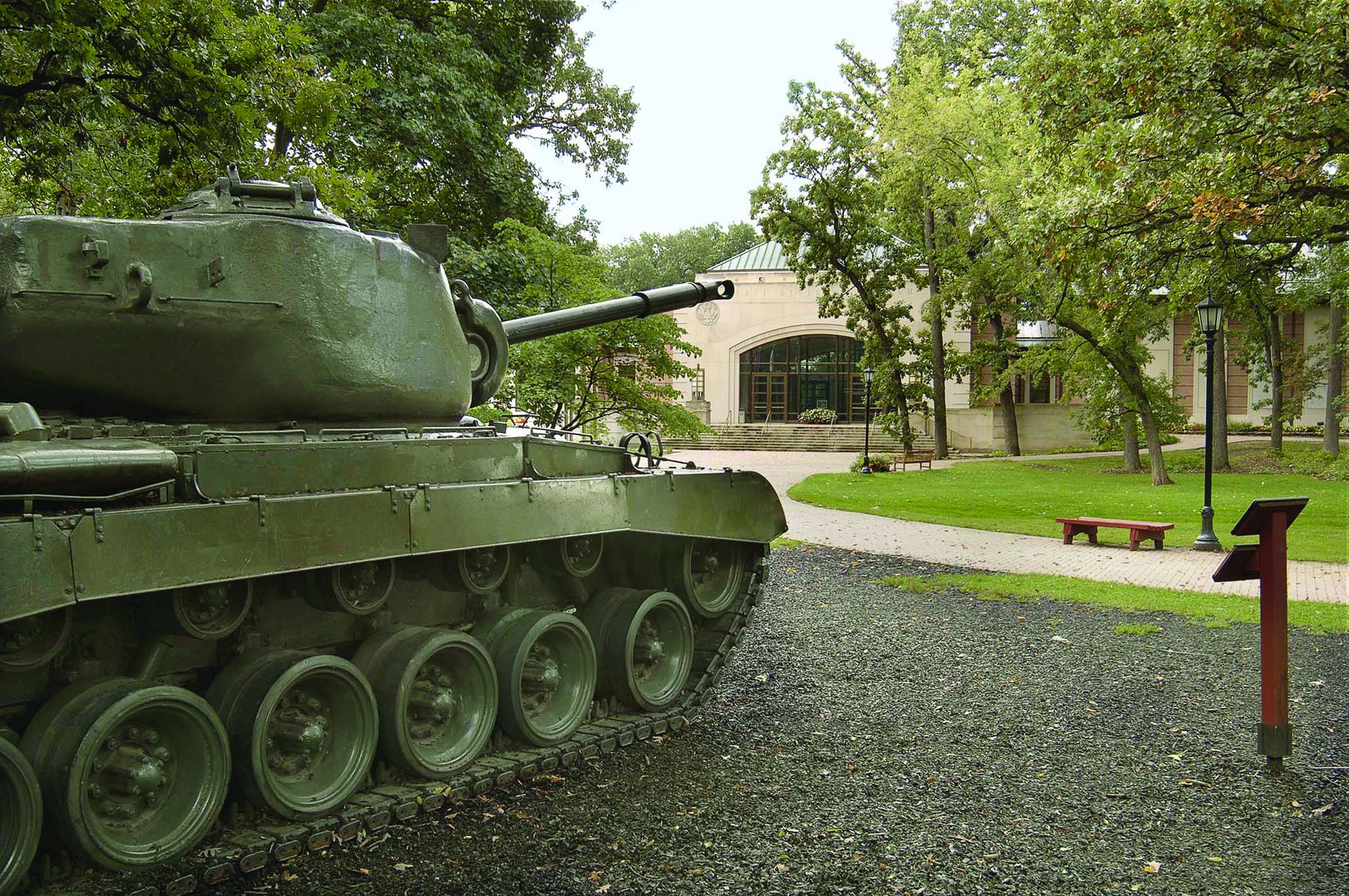
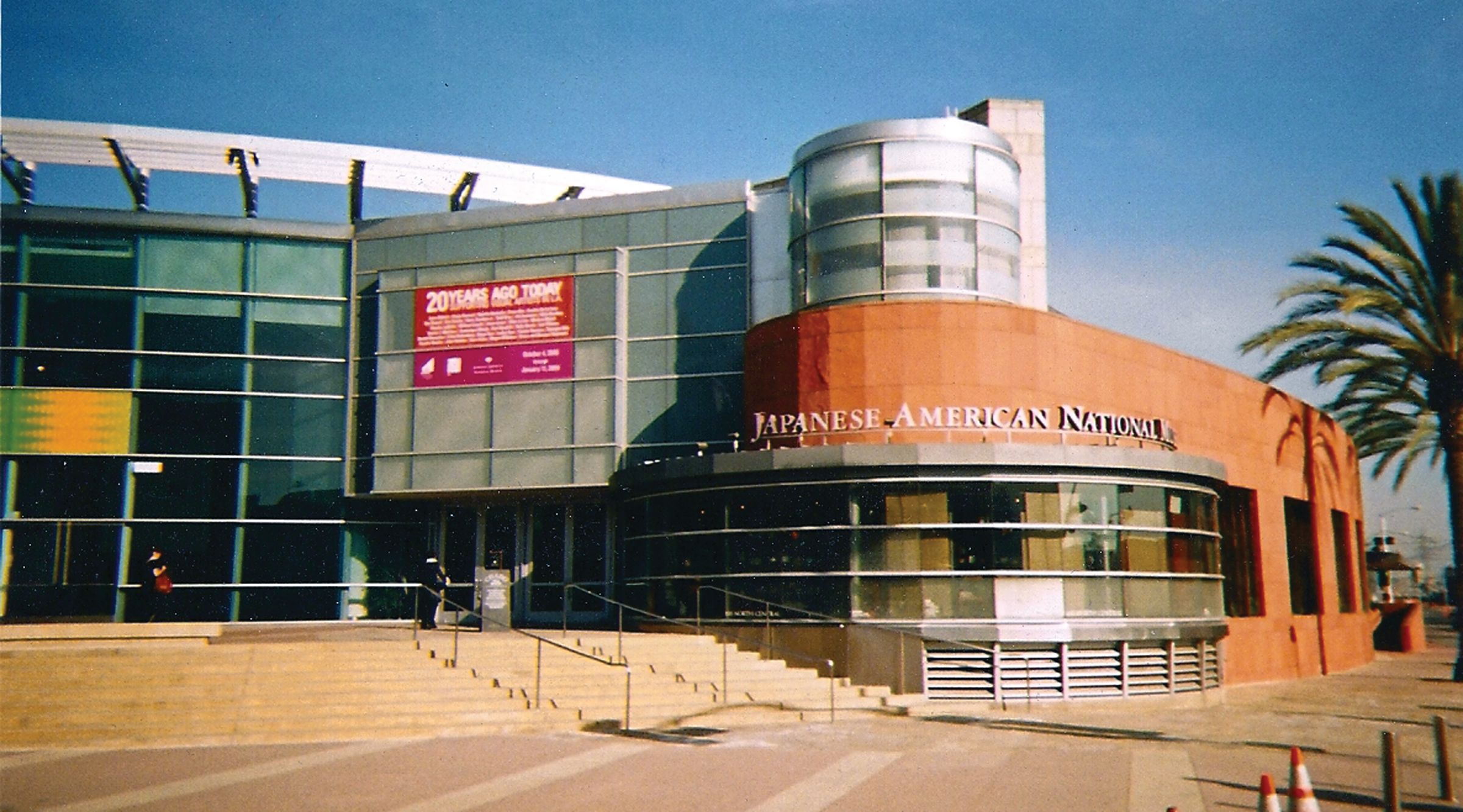
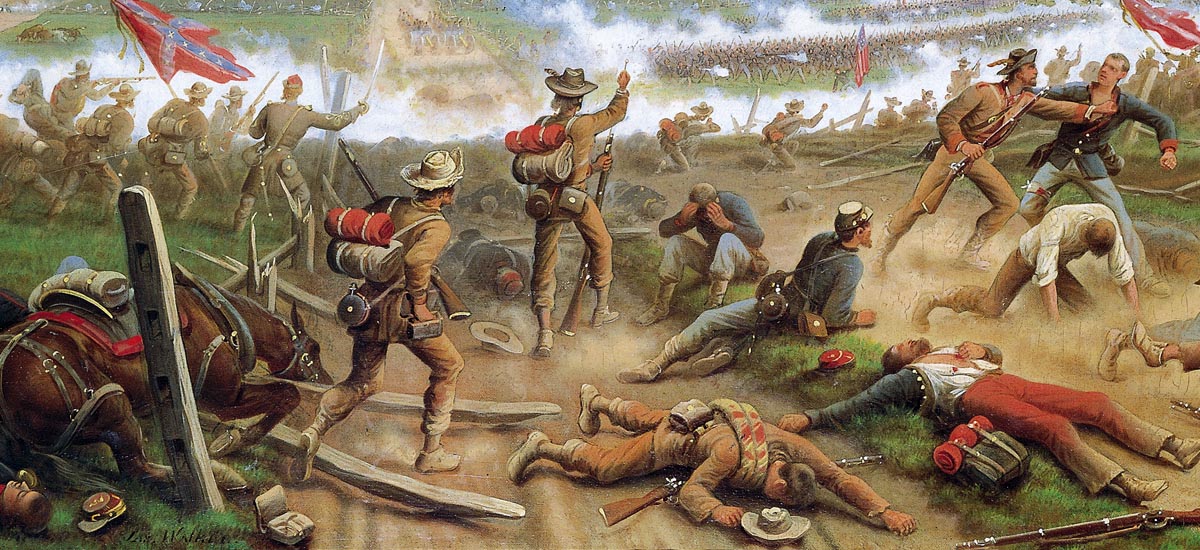

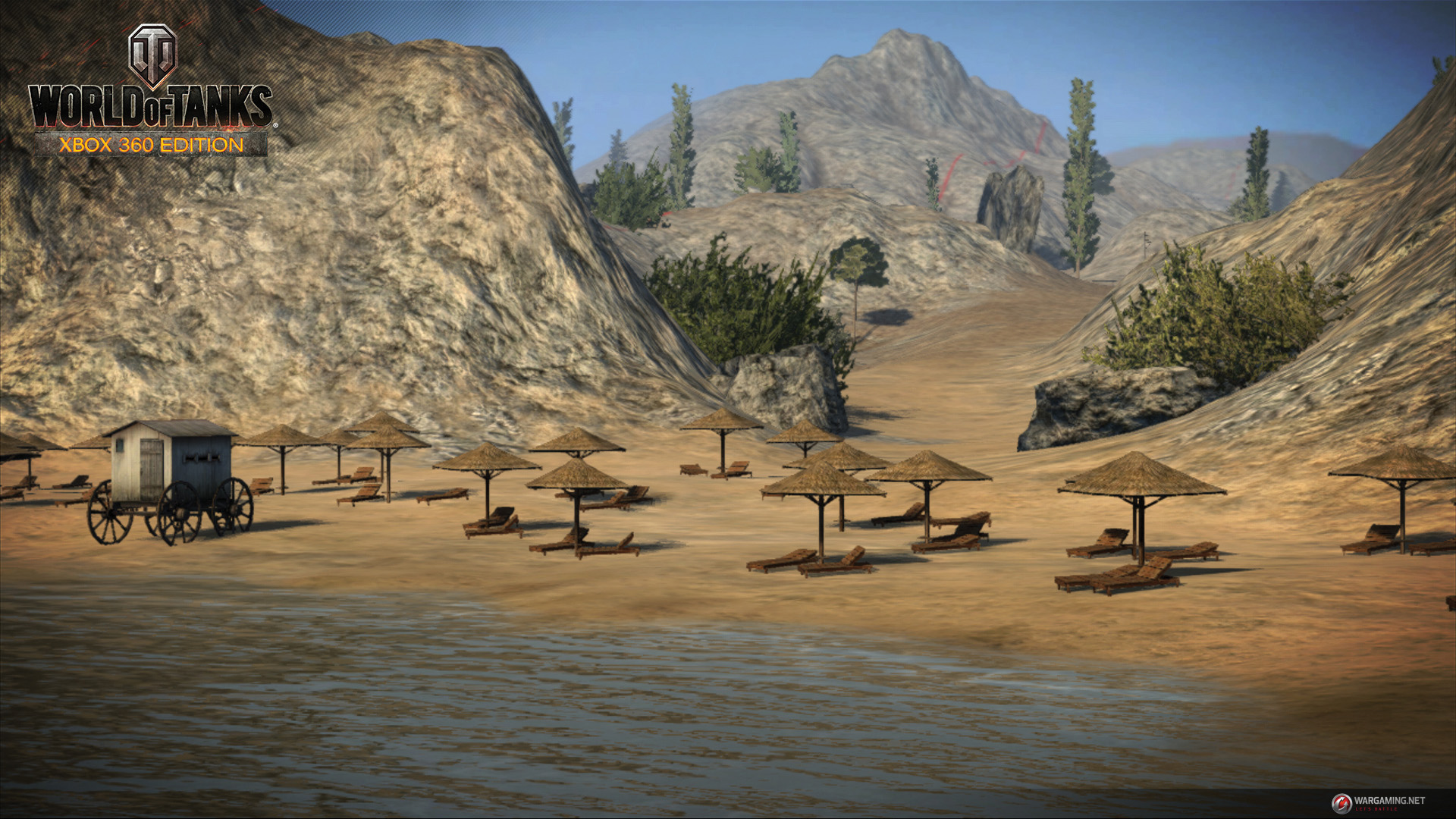
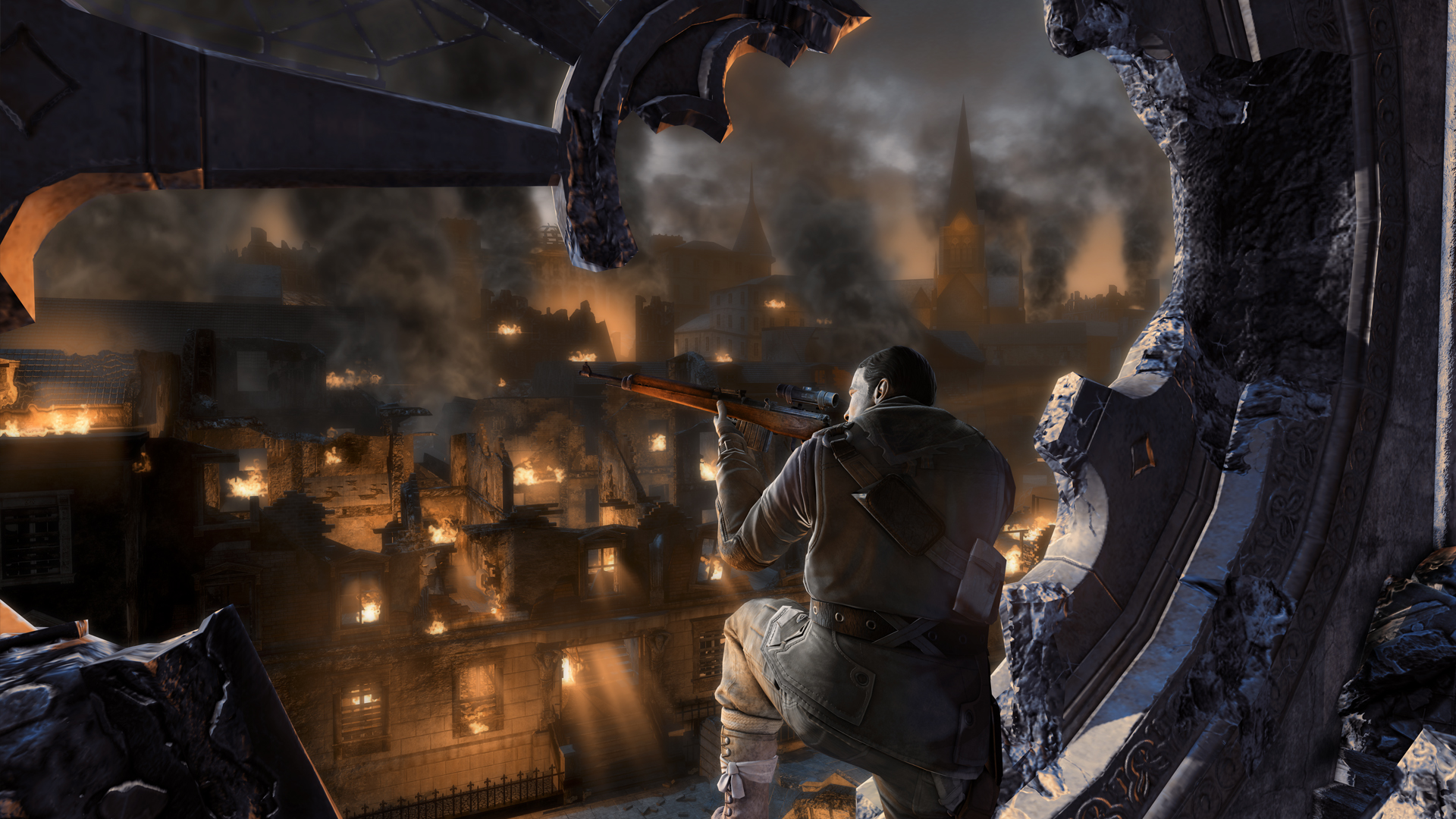
hi
i have 2 flags my father acquired during ww2 believe to be from iwo jima. would the museum be interested in these and could someone oplease contact me. both are jap flags he was in the marines.
please drop me a line. john
I’d love to see it. Unfortunately, given my disability, I’ll probably never get the chance.
I’ll bet it’s one place where you never hear the term “ex-Marine”! (A former co-worker of mine, a Marine veteran, would turn funny colors every time he heard that.)